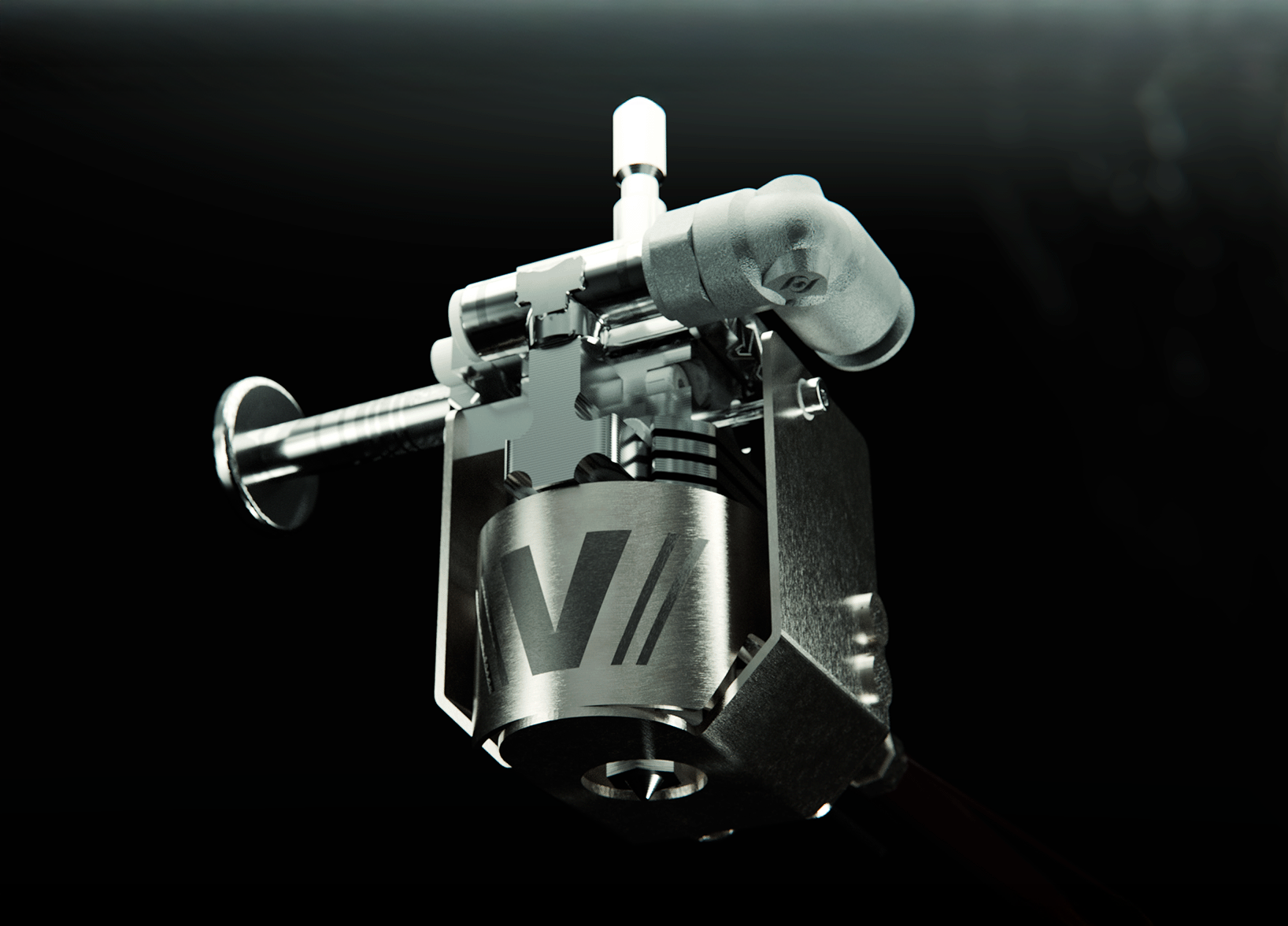ARGO 500 HYPERSPEED: an integrated system to make speed a controlled parameter
When the speed of an extrusion process increases, the entire thermomechanical control of the machine changes. The material melts more quickly, the flow becomes more sensitive to oscillations, internal temperature fluctuates as flow rate varies, and dimensional stability of the part risks being compromised. It is a set of physical phenomena every engineer knows well: the more one variable changes, the more all the others must respond coherently.
The challenge, therefore, is not simply to print faster, but to keep the system predictable while pushing it toward higher operating regimes.
ARGO 500 HYPERSPEED was born precisely from this consideration. It is not merely a faster version of an existing printer; it is an ecosystem engineered so that speed and control are not conflicting variables, but two expressions of the same design principle. To understand the rationale behind it, we must start from the heart of the machine: the Tip5 extruder.
1. Tip5: stabilizing thermal flow as speed increases

Every extruder, regardless of the technology, is a balance of three factors: temperature, internal pressure, and the dynamics of the molten material. The Tip5 extruder was developed with the goal of making this balance reactive, capable of adapting instantly to changes in flow rate demanded by high-speed operation.
Its high power-to-weight ratio allows the polymer temperature to vary in very short times, reducing the gap between the setpoint temperature and the actual one. This means that when the machine accelerates, the polymer does not enter an “intermediate” thermal regime but rapidly reaches the ideal melting conditions. The low thermal mass of the heating elements supports the same behavior: just as they heat quickly, they cool down just as fast, preventing heat buildup that would eventually destabilize the extrusion channel.
Material selection is equally functional. An extruder designed to work with technical polymers and fibers must maintain mechanical integrity regardless of repeated thermal cycles, abrasive loads, or corrosive agents. The durability of the Tip5 is not just a guarantee of longevity: it is a necessary condition for keeping parameters consistent, cycle after cycle.
However, the true differentiating factor is how the Tip5 extruder manages thermal gradients. Its patented vortex cooling, combined with compressed air, creates a very sharp separation between the hot and cold zones of the channel. This is not a detail: it means the polymer melts exactly where it should melt and solidifies just as quickly where it should solidify. An extruder unable to generate such a steep gradient tends to “mix” thermal behaviors, an inevitable source of instability when speed increases. The Tip5, on the other hand, maintains control precisely when most systems begin to lose it.
2. SlizeR: turning physical data into a stable process
If the Tip5 governs the material, SlizeR governs the process. In a high-speed system, controlling temperature alone is not enough; you must also control the sequence of actions: how the machine accelerates, decelerates, changes trajectory, deposits layers, and handles geometric variations.
SlizeR integrates into its slicing model both the thermomechanical response of the Tip5 and the properties of Roboze materials. This means trajectories are not generated as geometric sequences, but as the result of a dynamic equilibrium: the software knows how the material will react to a specific change in speed, understands polymer behavior as it moves between hot and cold zones, and anticipates these reactions by adjusting parameters before a defect can form. This is not mere compensation, it is prediction.
The value of this approach becomes evident in serial production. In many systems, two identical components printed days apart can show differences in surface quality or mechanical strength. When variables are not controlled, or worse, not understood, repeatability becomes experimental. In ARGO 500 HYPERSPEED, process consistency is instead a direct consequence of ecosystem consistency.
3. Roboze materials: integrating polymer physics into the control model
Industrial 3D printing often treats material as an external element, a consumable fed into the machine with the hope that it behaves similarly to the previous batch. ARGO 500 HYPERSPEED overturns this logic: material becomes part of the control loop.
Every Roboze polymer is characterized in terms of rheology, thermal behavior, and mechanical response. Viscosity curves, crystallization time, shrinkage variables, and the interaction with the heated chamber are not simply documented, they are embedded in the software model. This makes it possible to anticipate how the material will respond to a given speed profile or thermal gradient.
The result is stability that does not come from post-process corrections, but from upfront knowledge of the material's behavior.
4. A self-regulating ecosystem
The strength of ARGO 500 HYPERSPEED does not lie in a single component, but in the convergence of three levels of control: the extruder’s thermal control, the software’s dynamic control, and the material’s physical control. When these three layers communicate, print speed ceases to be an unstable variable and becomes a governable parameter.
It is from this dialogue that consistent quality is born.
It is from this integration that speed gains engineering meaning.
And it is in this systemic coherence that the true generational leap of the platform emerges.
This is not just a faster printer.
It is an engineering platform designed so that speed becomes a reliable value, not a risk.
Want to learn how to implement speed and control in your production? Speak with a Roboze expert.
)
)